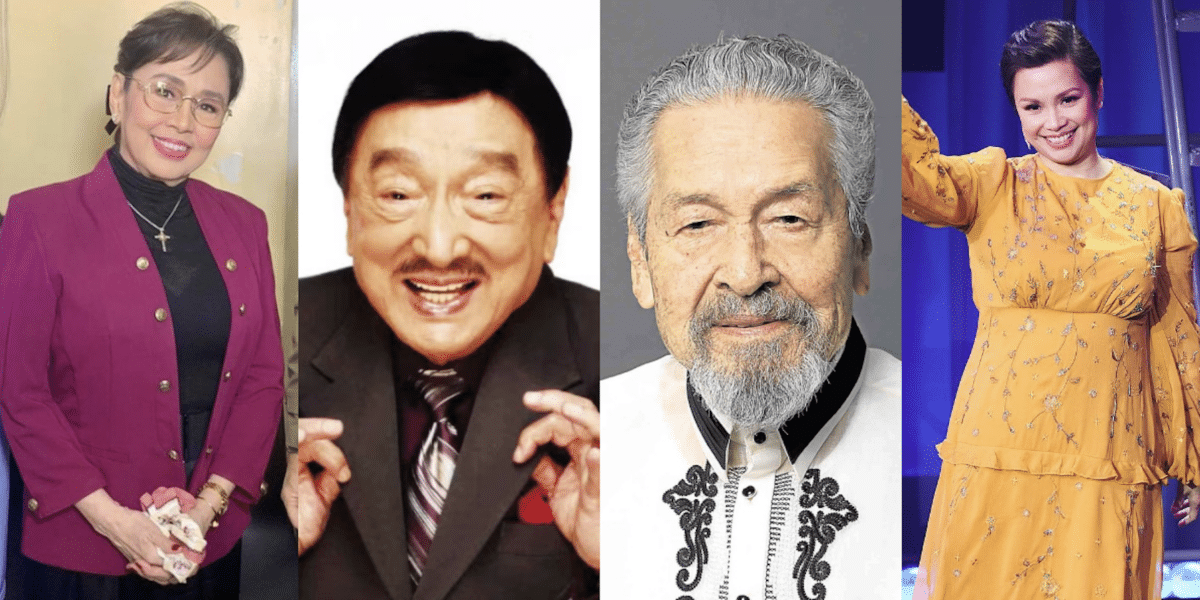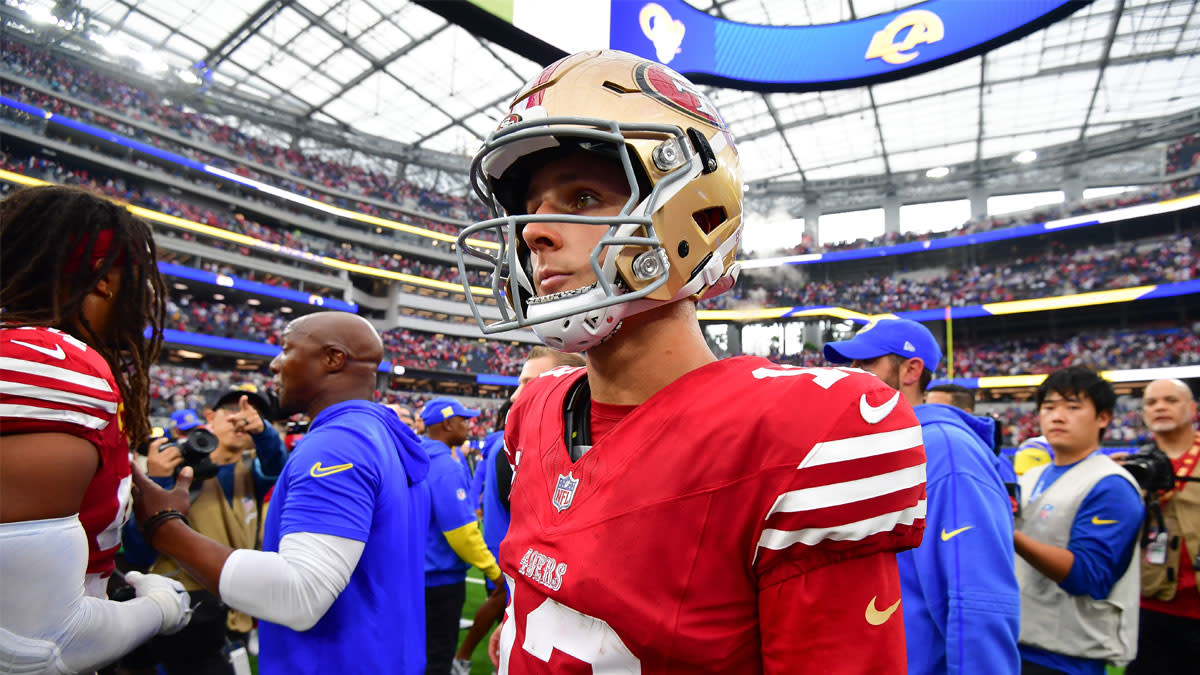It was one of the first questions Sam Landsberger would ask during the Sunday shifts that were his first foray into journalism, at the former Leader Community Newspapers office in Cheltenham. It came from when the sports editor was given the layouts for the pages. If there was decent space, and if Sam’s notebook was full, as it invariably was, he could spread his wings and write a long piece.
The aspiring young reporter liked to take a peek at the pages. He never saw a half-page he didn’t want to fill. Sam – who died last Tuesday at the age of 36, producing an outpouring of emotion that reflected the esteem in which he was held as an AFL journalist and young man – started writing about amateur football.

He would go to games on Saturdays and bound into the office the next day, brimming with ideas and energy and getting to work on his match reports. This was in 2008. He had called the sports desk during the football season, saying he wanted to be a journalist and was in fact studying journalism at Monash University.
He liked sport and particularly football – he was a Western Bulldogs supporter, he said – and he’d been reading the local paper and wondered if he could come in for a talk. Sam made his way up the stairs of the office on a Wednesday morning. Four days later, having quickly arranged insurance for a work placement from his university, he returned for his first Sunday shift.
He wanted no pay. But, politely, he asked if he could receive feedback on his articles and perhaps pick up a byline in the paper his family had delivered in the letterbox, the Bayside Leader. When his stories were finished, he would print them and wait for the editor’s red pen to do a line-by-line comb of his copy.
As the weeks went by, the pen dropped less and less ink. Sam absorbed things quickly and before long he had earned his first byline. It was in the Bayside Leader, reporting on basketball club Sandringham Sabres’ victory in the Australian Club Championships.
His second was a week later, also in the Bayside Leader, concerning Sandringham Dragons footballers Jack Hutchins and Tom Nicholls. They had “received the ultimate reward for their fine form in the NAB AFL Under 16 championships – positions in the AIS-AFL Academy’’. And his third byline was for a story on the Luke Beveridge-coached St Bede’s Mentone Tigers, as they prepared for their bid for an A grade premiership to go with their B and C grade flags.
He interviewed Beveridge for the piece. Phoning the coach again the following week, he was in for a surprise when Beveridge challenged him about something he had written. Perhaps it was the line that the Tigers’ “indifferent late-season form has left some question marks over their ability to maintain a high standard of football in the finals’’ or a reference to “mental scarring’’ that had caused offence.
Perhaps it was the inclusion of something Beveridge thought was off the record. But his words stung Sam, who was sensitive and looked disconsolate when he put down the phone. It was another lesson: in journalism, there are brickbats as well as bouquets.
He quickly patched it up with Beveridge – and a few weeks later, they were talking about the Tigers’ historic premiership. The following season Sam covered the Casey Cardinia league, so enthusiastically and knowledgeably that after the home-and-away season he could confidently name his team of the year. He was wrong only on two positions.
He went beyond match reports, adding a news element to his coverage – he had one president denying that a dust-up at a boozy social event had created a split in the playing ranks and would derail the club’s season. Any questions he regarded as tough would be followed up with an easy “ha’’ that he hoped would take the sting out of the enquiry. Still, there was tenacity to go with his talent.
Sam also did some player profiles ahead of that year’s draft, zeroing in on a kid from East Kew named Andrew Gaff. Quite a few of the people he dealt with came to be either trusted contacts – including former Coburg general manager Craig Lees and ex-VFL and VFWL coach Patrick Hill – or longstanding admirers, including former Demon and Dandenong Stingrays coach Graeme Yeats. His colleagues quickly judged that he had a fine career ahead of him.
He could write news and features, accurately and entertainingly. Snappy similes were a speciality. One player “kept popping up like a toaster’’.
Other journalists warmed not only to his work, but his gentle, modest and respectful manner. There was an innate warmth to him. They could criticise him only for his driving.
One day a bunch of reporters were sent out to cover a plane crash in Cheltenham and Sam had four of them slip into his car for the short drive back to the office. Coming out of a quiet residential street, he gunned his little machine across two lanes of busy Centre Dandenong Rd, forcing other drivers to dive for their brakes. Sent out to cover a serious accident, the reporters were thankful they weren’t in one themselves.
“Wow, that was close,’’ Sam said sheepishly. By 2011, he had a foot in the door at the Herald Sun, writing about the VFL. Port Melbourne won the flag that year, going through undefeated.
“It was the perfect end to the perfect season,’’ Sam kicked off his match report. “Port Melbourne, challenged by Williamstown as it cut the margin to 15 points at the start of the last quarter, lifted to a gear that not even a side containing 15 AFL-listed players could match.’’ By 2013 Sam was on the Herald Sun staff, winning the Australian Football Media Association’s Clinton Grybas Rising Star Award.
Thrill of thrills for him, it was presented by the great Mike Sheahan, whose every word he read. He also looked up the bylines of other journalists who would become his long-time colleagues: Scott Gullan, Jay Clark, Mark Robinson, Jonny Ralph and Glenn McFarlane. Mark Stevens, a fellow Bulldog, was another favourite.
That year of the Rising Star award, Sam was also a finalist in the Walkley Awards in the “innovation in journalism’’ category for his AFL draft preview series “Pick Me’’, putting a spotlight on the next Gaff. His former Leader colleagues revelled in his rise and his successes (their congratulations were accepted with a modest “thank you’’). They have been shattered by his death, grieving the loss of a vital and beautiful young man who had done a lot of fine work, but had much more to do.
They like to think he’s gone off chasing another big story – and is still spreading his wings. **Paul Amy was sports editor of Leader Newspapers from 2001 to 2022..



















